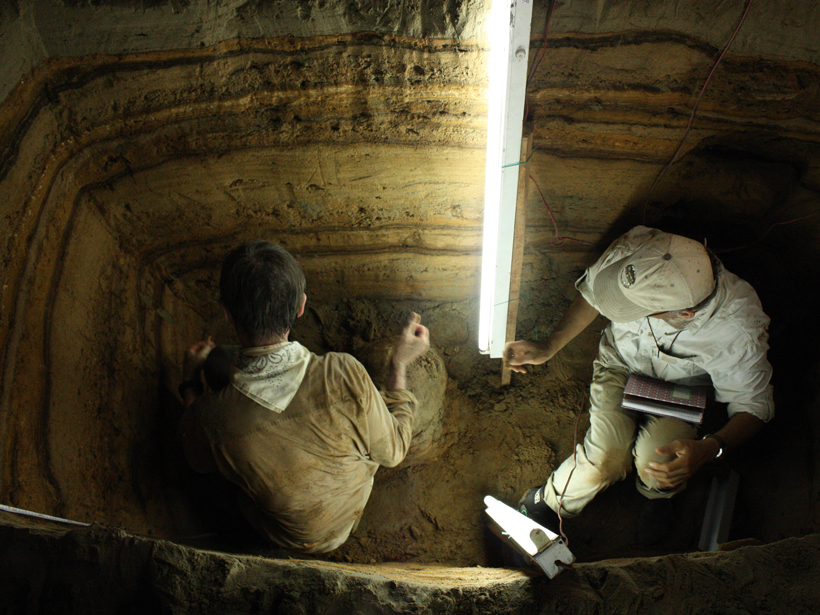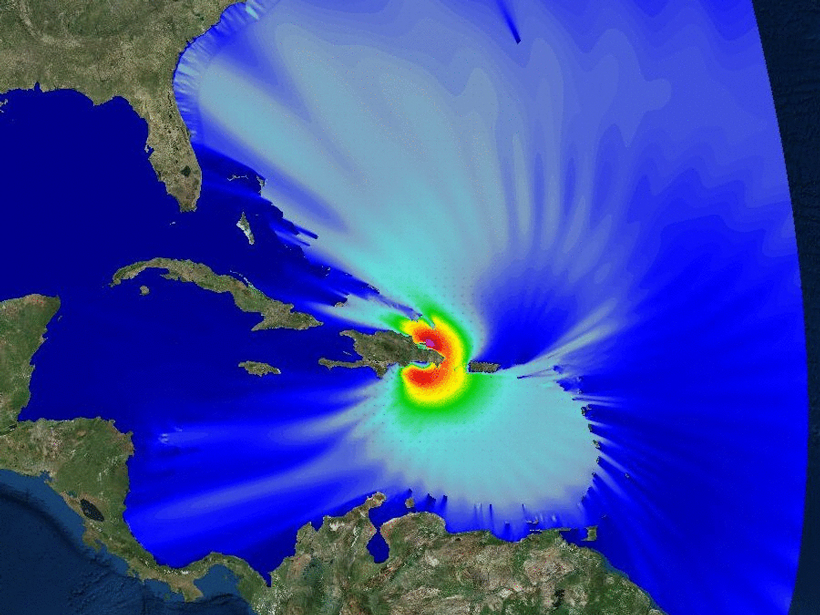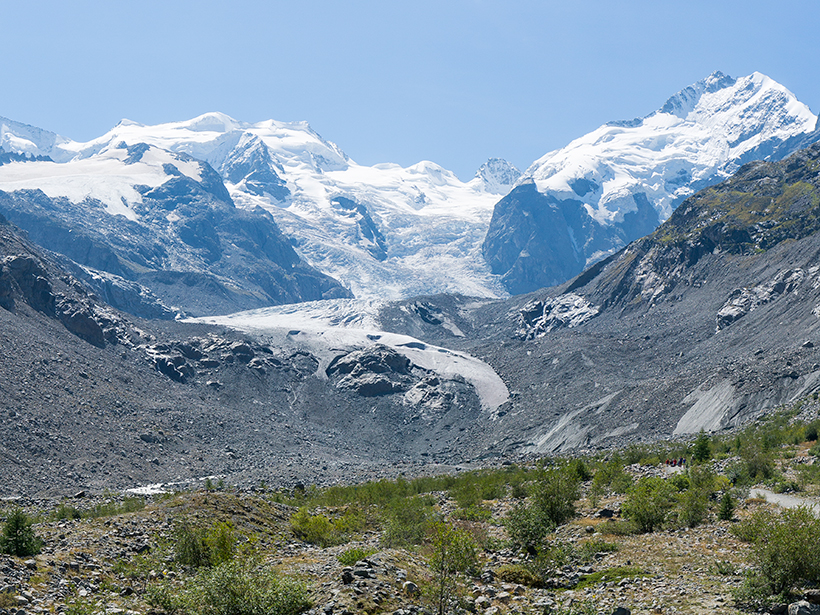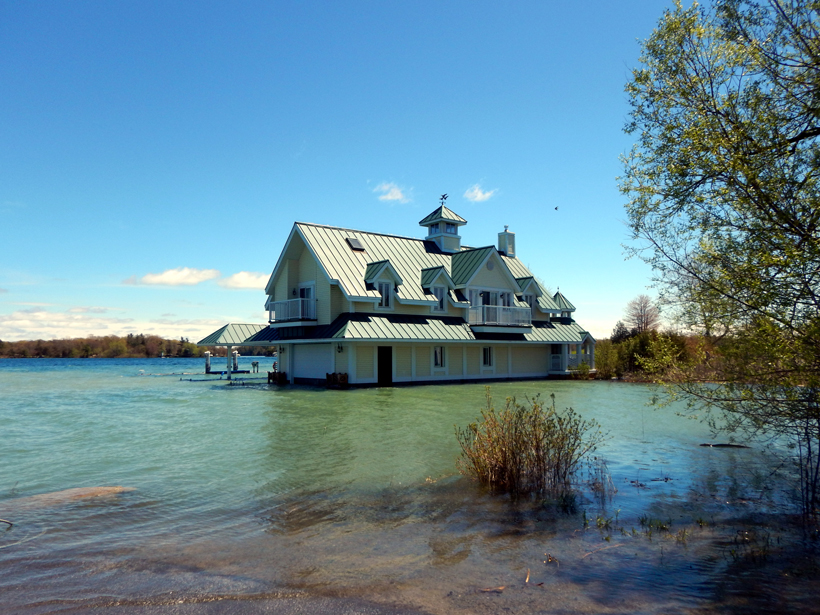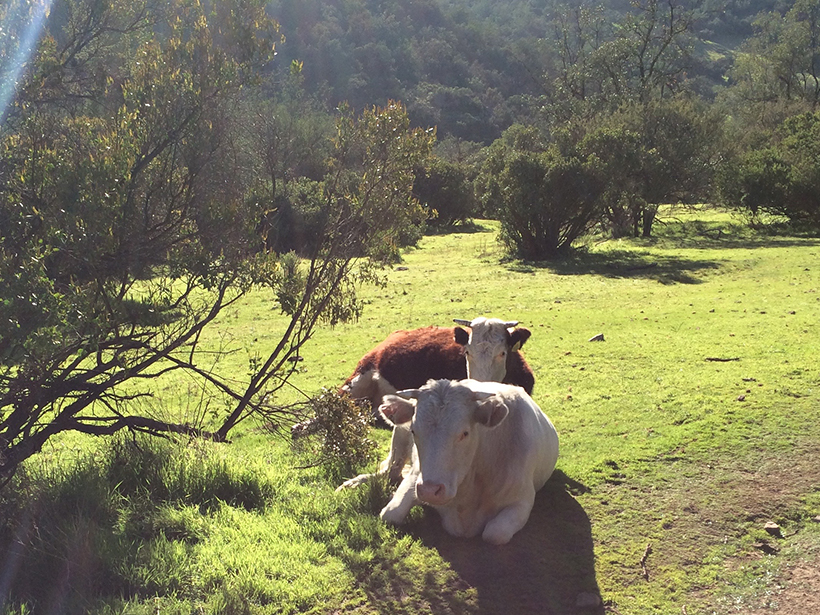A new study finds that the ionospheric anomaly over the Weddell Sea is likely influenced by proximity to auroral energy input, rather than by tilting magnetic fields.
CC BY-NC-ND 2017
Indonesian Cave Reveals Nearly 5,000 Years of Tsunamis
Researchers explore a coastal cave containing layers of sand deposited by 11 prehistoric tsunamis and demonstrate that the time period between massive waves is highly variable.
Introducing a New Editor in Chief for GeoHealth
Find out how the person in charge of AGU’s newest journal became interested in geohealth and his vision for the journal over the coming years.
A Test Bed for Coastal and Ocean Modeling
An ocean modeling program is improving our ability to predict circulation along the U.S. West Coast, dead zones and other coastal ecosystem responses, and storm surges in island environments.
Artificial Snow Could Make Alpine Glacier Grow Again
A retired professor devises a plan and evaluates the cost of saving one town’s signature glacier from climate change.
A Promising New Tool for Forecasting Volcanic Hazards
A new model that simulates the behavior of surging ash clouds may help scientists to better predict the hazards associated with the deadliest type of volcanic flows.
What Caused the Ongoing Flooding on Lake Ontario?
The floodwaters have also affected residents downstream along the Saint Lawrence River. Although politicians quickly blamed regulations, scientists say it was a perfect storm of natural factors.
Red/Blue and Peer Review
Healthy skepticism has long formed the foundation of the scientific peer review process. Will anything substantively new be gleaned from a red team/blue team exercise?
Are Studies That Evaluate Ecosystem Services Useful?
Ecologists find flaws in the approach to research that focuses on services ecosystems provide to humans. These flaws limit certain studies’ utility.
A New Model for River Meanders
A river’s twists and turns are shaped by its past flood events.


